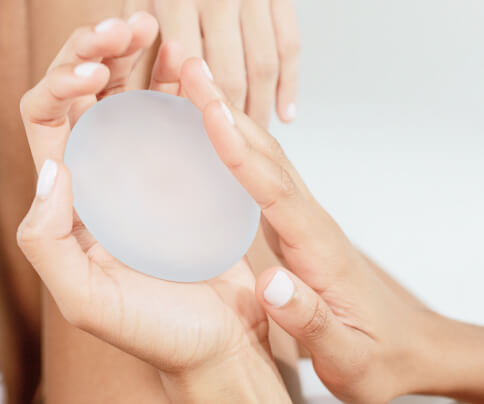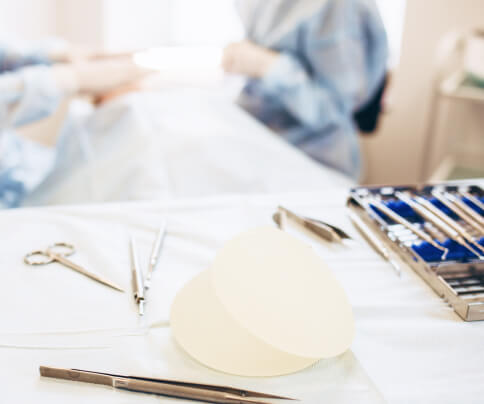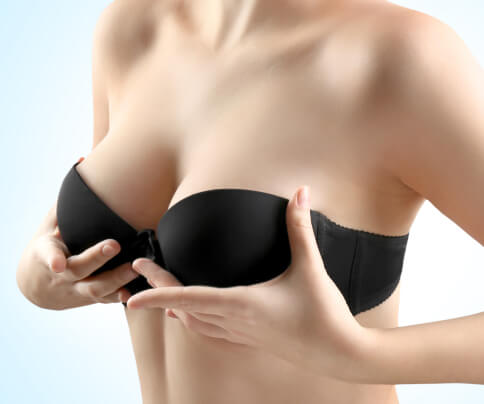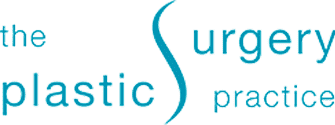What are the types of incisions used in breast augmentation?
The type of incision depends on a few factors, including the patient’s condition and implant type. The main types of incision are inframammary (lower breast folds), transaxillary (armpits) and periareolar (around the nipples), with inframammary incision being the most common.
What is the type of implant used?
Our plastic surgeon Dr Andrew Tay uses silicone gel implants from Motiva. This current generation of breast implant is softer, moves more naturally and is safer than previous generations of breast implant.
Is the procedure painful?
Breast augmentation is usually done under full anaesthesia; hence you will not feel any pain during the procedure.
Will there be visible scars?
During the procedure, Dr Tay typically creates an incision of about 3-4cm at strategic locations, either around the breasts, armpit or areola, making sure that the resulting scar is well hidden from sight. Additionally, Motiva implants offer a minimal-incision technique that uses incision as small as 2.5cm, further ensuring that the smallest possible scar is achieved.
Will I need to replace my implants?
As long as there are no issues such as leakage, contracture or other complications, it is not necessary to replace the implants after a certain number of years.
What is the recovery time following surgery?
The recovery time varies between individuals based on factors like the patient general health and type of surgery. Typically, you can expect to return to work within 3-5 days after the surgery.
When can I expect the final outcome of my breast augmentation?
You can expect to see significant changes in your breasts after the surgery, although there may be some initial swelling and bruising, which generally subside by 2 weeks. The implants will gradually settle and move to a more natural position after 3-6 months, allowing the final outcome to fully present itself.
How can I ensure a smooth recovery?
Refrain from any activities that requires straining or heavy lifting for around 4-6 weeks. Mild pain and discomfort are expected which can be relieved with pain relief medication, and you will be required to wear a special breast strap or bra for 2-4 weeks.
Does breast augmentation affect breastfeeding?
No, as the implants will be placed behind the breast tissue or under the chest muscle. The milk ducts are not affected, which means that your ability to breastfeed will not be affected.



What are the risks of
breast augmentation?
Some of the possible risks include:
- Breast pain
- Infection
- Bleeding
- Changes in breast and nipple sensation
- Capsular contracture
- Implant leakage or rupture
However, in the hands of an experienced plastic surgeon, these risks are significantly reduced. Furthermore, the Motiva JOY™ implants used by Dr Tay offers low complication rate thanks to its enhanced implant shell and protective barrier layer.
